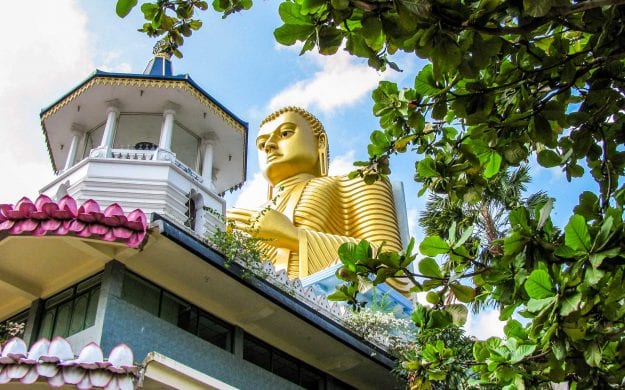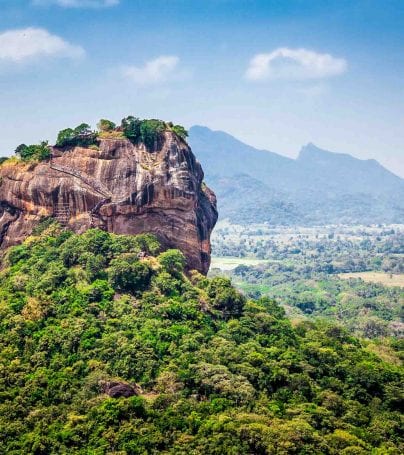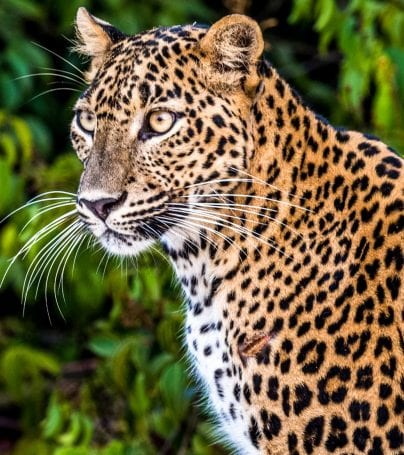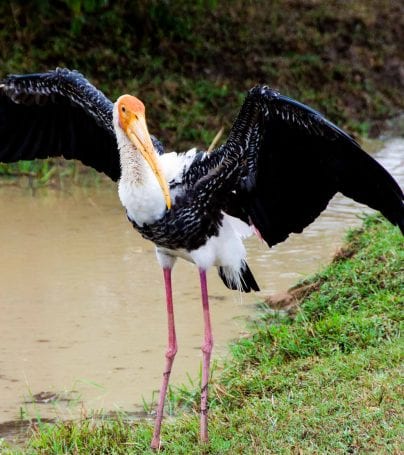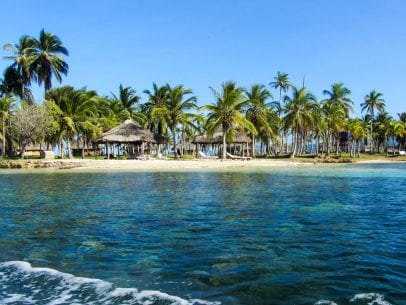Udawalawe National Park Adventure Tours
Udawalawe National Park lies on the boundary of Sabaragamuwa and Uva Provinces in Sri Lanka. The national park was created to provide a sanctuary for wild animals displaced by the construction of the Udawalawe reservoir on the Walawe River, as well as to protect the catchment of the reservoir. The reserve covers 120 square miles and was established in 1972. Before the designation of the national park, the area was used for farming, and farmers were gradually moved out once the national park was declared. The park is 103 miles from Colombo and is an important habitat for water birds and Sri Lankan elephants. It is a popular tourist destination and the third most visited park in the country. Udawalawe lies on the boundary of Sri Lanka’s wet and dry zones. Plains dominate the topography, though there are also some mountainous areas. The park has an annual rainfall of about 60 inches, most of which falls during the months of October to January and March to May. The average annual temperature is about 81–82 °F, while relative humidity varies from 70% to 82%.
The habitat surrounding the reservoir includes marshes, the Walawe river, and its tributaries, forests and grasslands. Areas of open grassland are abundant as a result of former farming practices. There is a plantation of teak beyond the southern boundary, below the dam, which was planted before the declaration of the park. Species recorded from the park include 94 plants, 21 fish, 12 amphibians, 33 reptiles, 184 birds (33 of which are migratory), and 43 mammals. Additionally, 135 species of butterflies are among the invertebrates found in Udawalawe.
Udawalawe is an important habitat for Sri Lankan Elephants, which are relatively easy to see in their open habitat. Many elephants are attracted to the park because of the Udawalawe reservoir, with a herd of about 250 believed to be permanently resident. The Udawalawe Elephant Transit Home was established in 1995 for the purpose of looking after abandoned elephant calves within the park. A total of nine calves, on two occasions in 1998 and 2000, with another eight calves in 2002, were released in the park when old enough to fend for themselves.
Udawalawe is home to many types of mammals. The Rusty-spotted Cat, Fishing Cat, and Sri Lankan Leopard are present in Udawalawe. The Sri Lankan Sloth Bear is rare and therefore seldom seen. Sri Lankan Sambar Deer, Sri Lankan Axis Deer, Indian Muntjac, Sri Lankan Spotted Chevrotain, Wild Boar, and Water Buffalo are among other mammal species. Golden Jackal, Asian Palm Civet, Toque Macaque, Tufted Grey Langur, and Indian Hare also inhabit the park, and a considerable number of Golden Palm Civets inhabit the forests of Udawalawe.
Udawalawe is also home to a stunning variety of birdlife and is therefore a good birdwatching site. Endemics such as Sri Lanka Spurfowl, Red-faced Malkoha, Sri Lanka Grey Hornbill, Brown-capped Babbler, and Sri Lanka Junglefowl are among the breeding resident birds. White Wagtail and Black-capped Kingfisher are rare migrants. A variety of water birds visit the reservoir, including cormorants, the Spot-billed Pelican, Asian Openbill, Painted Stork, Painted Storks, Black-headed Ibis, and Eurasian Spoonbill.
The open parkland attracts birds of prey such as White-bellied Sea Eagle, Crested Serpent-eagle, Grey-headed Fish Eagle, Booted Eagle, and Changeable Hawk-eagle. Landbirds are abundant and include Indian Roller, Indian Peafowl, Malabar Pied Hornbill, and Pied Cuckoo.
Customize Your Dream Adventure
We are here to help craft tailor-made adventures for individuals, couples, families, and groups of explorers.

